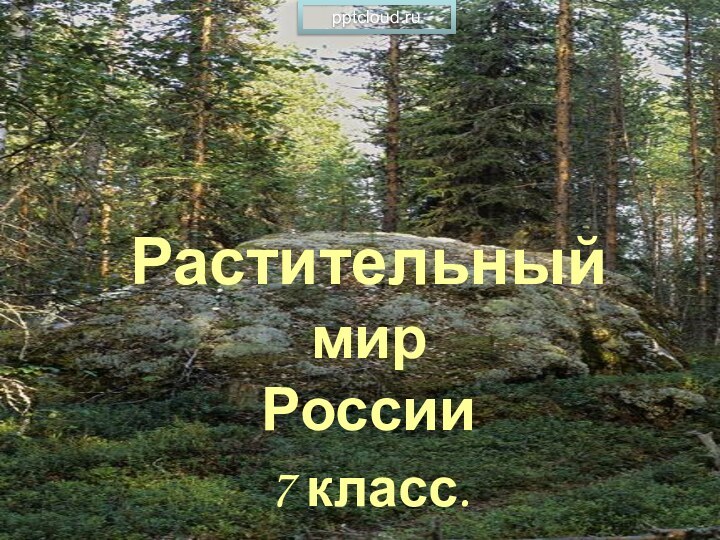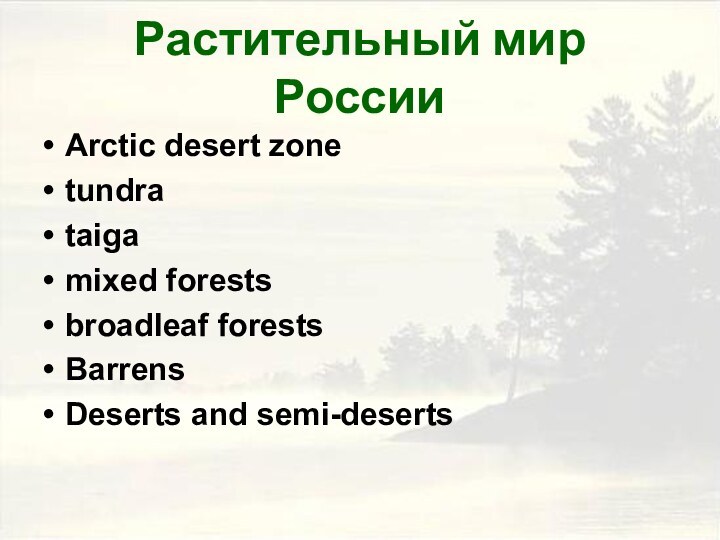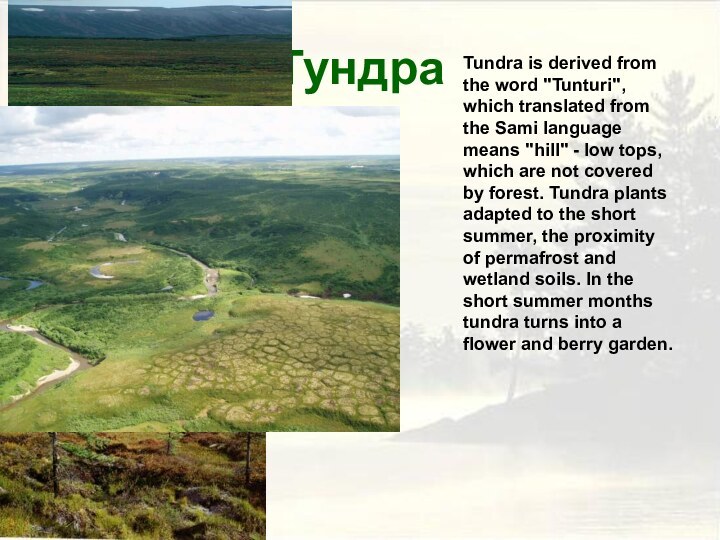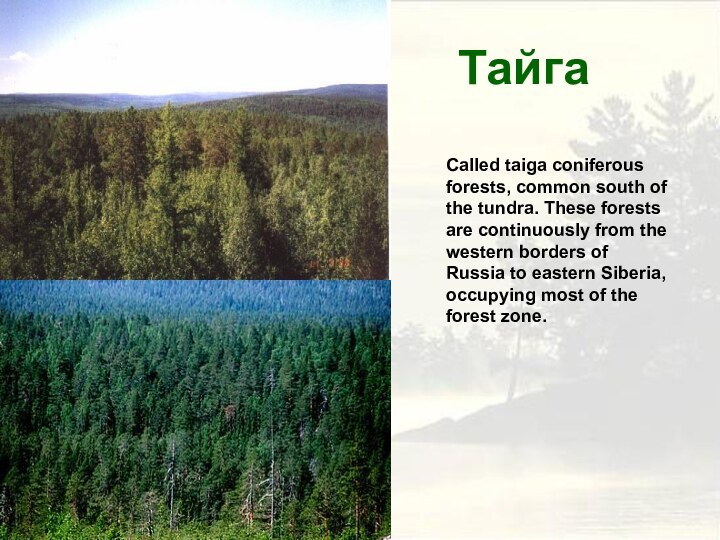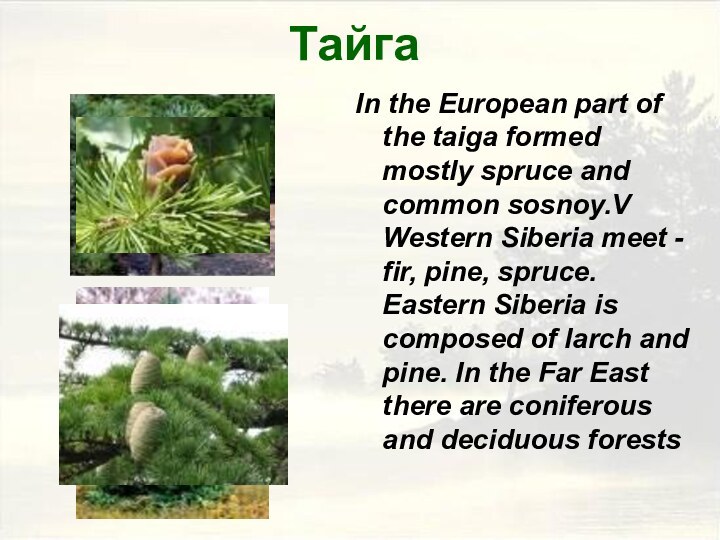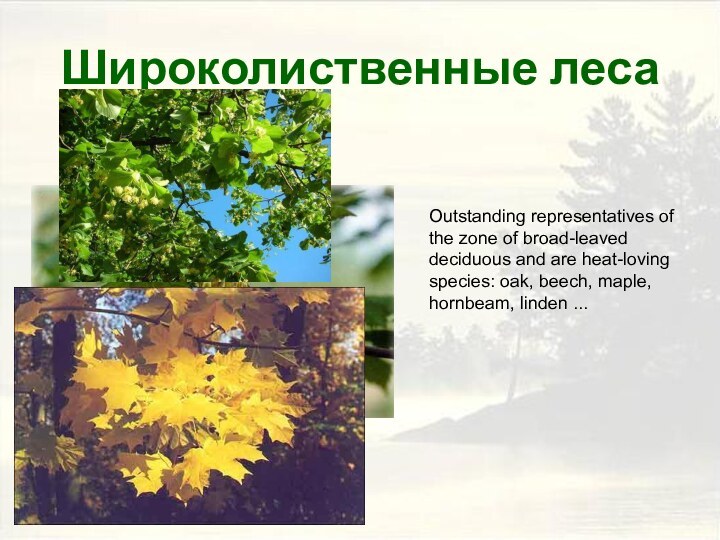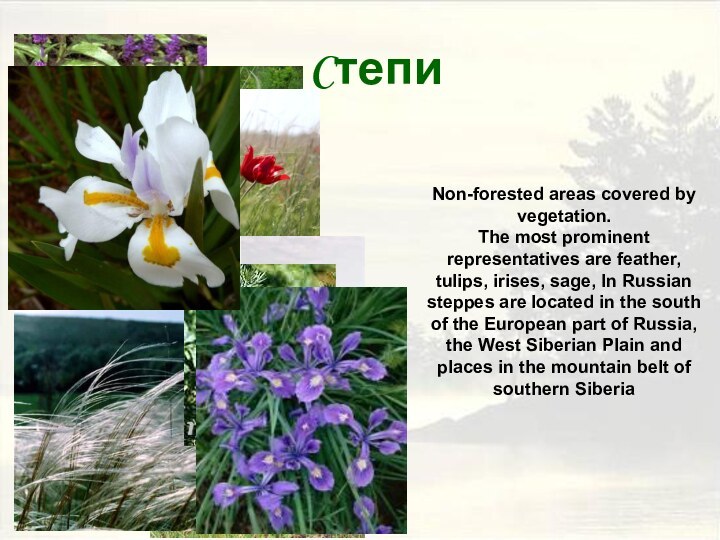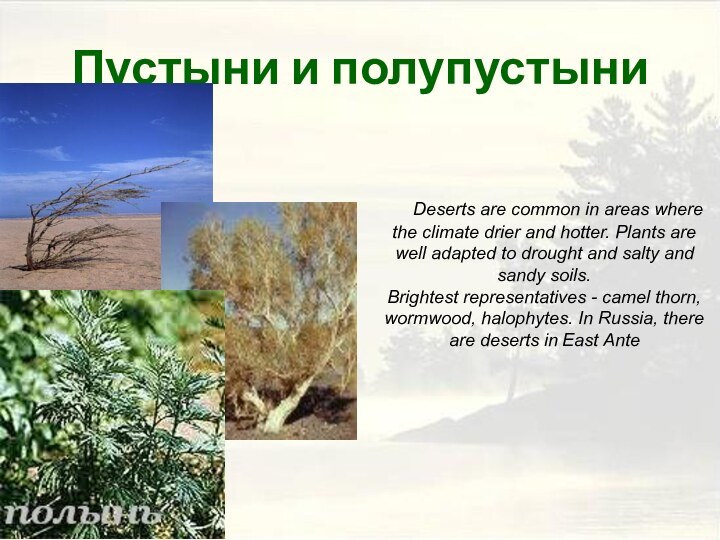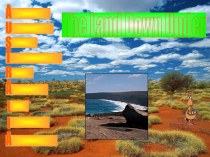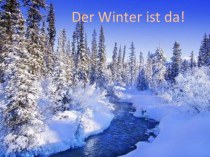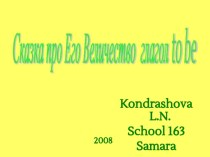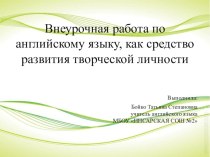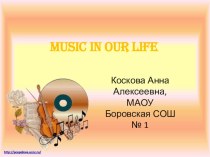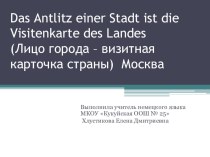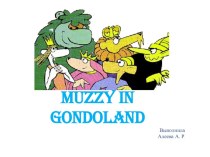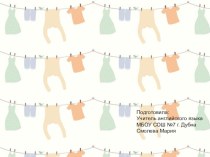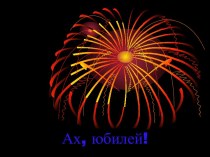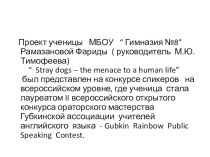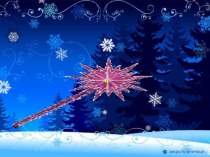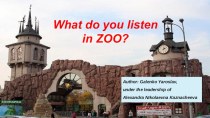- Главная
- Разное
- Бизнес и предпринимательство
- Образование
- Развлечения
- Государство
- Спорт
- Графика
- Культурология
- Еда и кулинария
- Лингвистика
- Религиоведение
- Черчение
- Физкультура
- ИЗО
- Психология
- Социология
- Английский язык
- Астрономия
- Алгебра
- Биология
- География
- Геометрия
- Детские презентации
- Информатика
- История
- Литература
- Маркетинг
- Математика
- Медицина
- Менеджмент
- Музыка
- МХК
- Немецкий язык
- ОБЖ
- Обществознание
- Окружающий мир
- Педагогика
- Русский язык
- Технология
- Физика
- Философия
- Химия
- Шаблоны, картинки для презентаций
- Экология
- Экономика
- Юриспруденция
Что такое findslide.org?
FindSlide.org - это сайт презентаций, докладов, шаблонов в формате PowerPoint.
Обратная связь
Email: Нажмите что бы посмотреть
Презентация на тему Растительный мир России
Содержание
- 2. Факторы, влияющие на растительностьThe composition and abundance
- 3. Растительный мир РоссииArctic desert zone tundra taiga mixed forests broadleaf forests Barrens Deserts and semi-deserts
- 4. ТундраTundra is derived from the word "Tunturi",
- 6. ТайгаIn the European part of the taiga
- 7. Широколиственные лесаOutstanding representatives of the zone of
- 8. CтепиNon-forested areas covered by vegetation.
- 9. Скачать презентацию
- 10. Похожие презентации
Факторы, влияющие на растительностьThe composition and abundance of flora affects human activities. As a result, many species of plants have drastically reduced their numbers, and some even completely destroyed.
